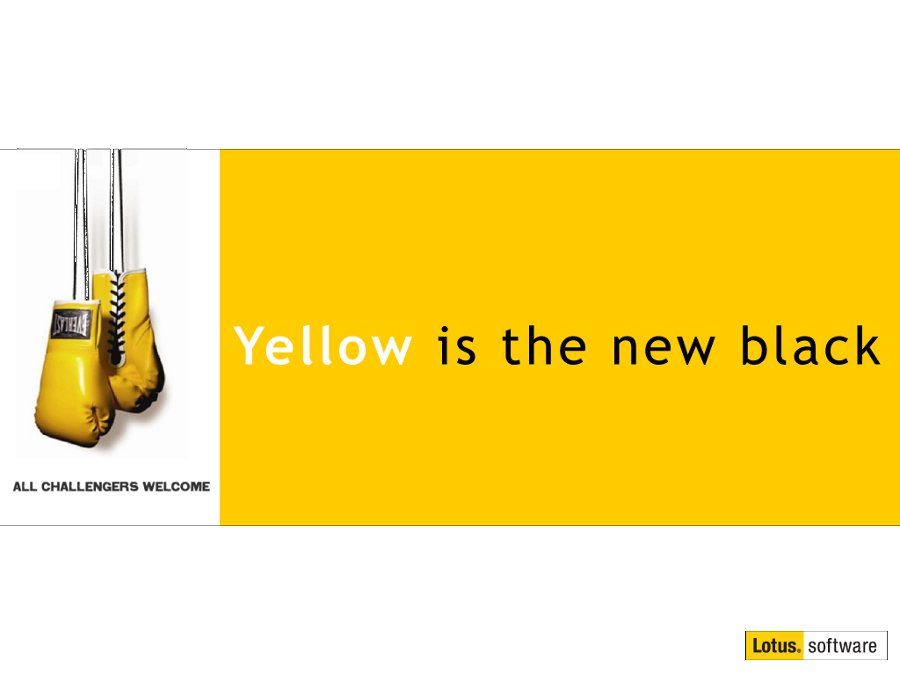Why users hate Lotus Notes, Episode 3: The intuitive misconception
Mat Newman October 25 2011 10:08:22
That the proliferation of 'Smart' mobile devices - phones, tablets, etc - within the general consumer space has lead to a revolution in the expectations of users is undeniable.Take the iOS experience as an example. The Mail interface has but 4 (four) buttons. "Back", "Edit", "New" and "Refresh". It doesn't take a genius to work out which button to press.
Unfortunately, it has also lead to a perception that anything with a plethora of features and options is 'un-intuitive', that the extra features lead to confusion and a lack of comprehension as to their value.
Lotus Notes has surely suffered as a result of this 'simplification' of IT.
While the acceptance of technology into the lives of many users who would previously not have considered it is a positive step, recognising that there is still a place for powerful desktop applications - especially for knowledge workers - draws a line in the sand between those who need such applications and those who do not.
A recent tweet highlighted this concept:
For those who require 'more power', the misconception that Lotus Notes is an Email application is always the starting point of a users 'frustrations'.
But it's not that hard to turn around.
It begins with the acknowledgement that Lotus Notes is a Database application (or a client framework within which to run databases) and the software interface itself, the Menu's and tools available, are optimised for managing ANY database that is currently open within the Notes client. Demonstrate to users that the "Tool-bars" are the same whether Mail, Calendar, To-Dos, Contacts, Notebook, Blog, Forum or any Custom application that is open in Notes, and they begin to understand the consistency of the interface. Demonstrate that the "Action Bar" contains the options specific to the current application, and users stop looking within Menu's and Tool-bars for commands to perform tasks specific to the current database.
Then demonstrate the integration options available via the Eclipse framework (which I wrote about the other day) and users begin to understand how much more productive and efficient they can be using the Notes client which can bring everything they need together in one place.
Finally, demonstrate the operation of the core PIM databases. Note: I always do this as the last step, once the users gain an understanding of the power of the application in front of them.
Many power users find comfort within the Notes client and recognise how productive they are with 'all the bells and whistles'. They are also the users who understand the framework, the flexibility and many of the options available to them within Notes. Again, from Twitter:
I thought I'd like going from Lotus Notes to Outlook, but I don't |
A little education can have powerful results. Changing perceptions and raising understanding is part of this process.
There are always going to be users who need education to help raise their level of understanding of the power of Notes, lest they suffer from: the intuitive misconception.


 Feeds
Feeds